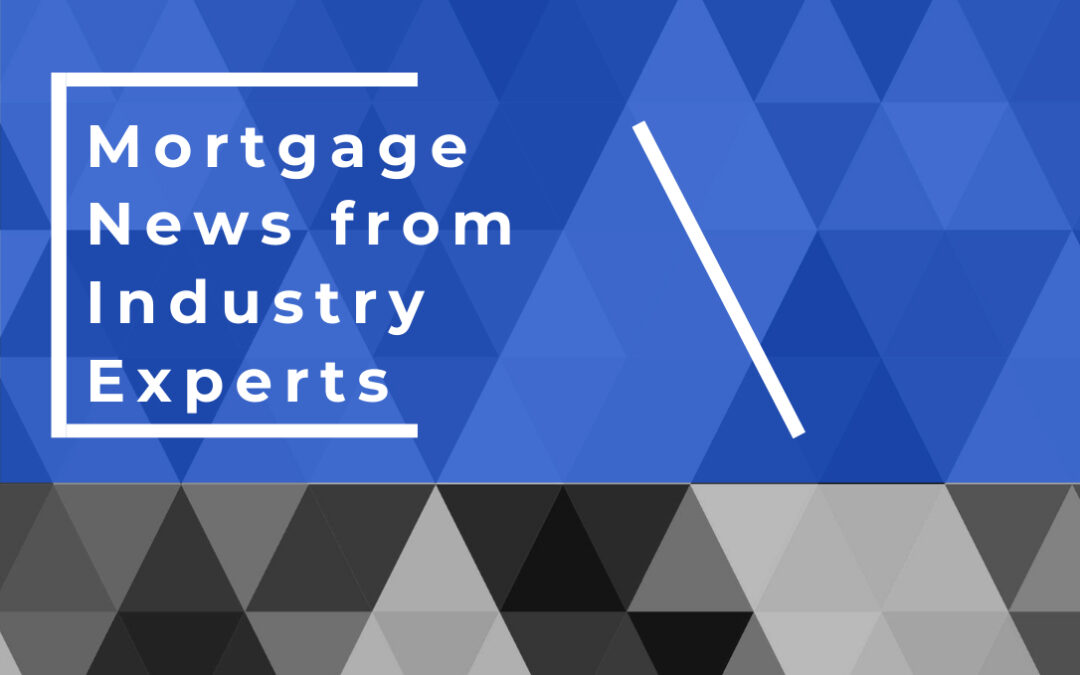A recent article in USA Today focused on the fact that the 5/1 hybrid adjustable has gained much popularity in 2003 as the spread between fixed rates and this instrument has widened during the past year. For many years, I have been extolling the benefits of adjustables. Even with today’s low fixed rates they’re worth considering because the average life of a mortgage in the United States has dropped from over seven years to under five years during the last few decades.Many homeowners are uncomfortable with a mortgage payment that may change every year. These same consumers realize that they are not likely to use a mortgage for thirty years and therefore are unlikely to benefit from paying the higher rate associated with a fixed rate mortgage. Fortunately, there are alternatives that exist between a short-term adjustables and fixed rates. A 5/1 adjustable is one such alternative. For many homeowners, knowing that their rate and payment will be stable for at least five years provides enough security to warrant the long term risk of payment changes past the fifth year. The starting rate of a 5/1 adjustable lies somewhere in between a fixed rate mortgage and a one year adjustable: Example starting rates:
(note that rates are just examples and do not represent actual spreads) This loan has a fixed rate for five years and afterwards converts to a one-year adjustable. After the adjustment period, the loan is typically limited by an annual adjustment limit, or cap, of two percent. The loan would have an interest rate limit over the life of the loan, which would normally range from four percent to six percent over the initial starting rate. One major variation within available 5/1 adjustable programs entails the first adjustment after the five-year period. Many of these loan programs allow a full upward adjustment to the life cap during this one adjustment and apply the two percent annual cap to subsequent adjustments. The vast majority of lenders tie the annual adjustments to movements in One-Year Treasury Instruments (the index). It would not be unusual for a 5/1 adjustable rate mortgage to also be available with an option to convert to a fixed rate. The exercise of this option will typically be restricted to certain time frames during the life of the mortgage (for example, the second through fifth anniversaries). Exercising such a conversion option will normally require a fee and many consumers assume that the rate at conversion would be equal to the current rate of the mortgage after an annual adjustment. In reality, the rate of conversion would be tied to instruments which track fixed rate mortgages, as opposed to the adjustable rate indices that control annual adjustments. To decide whether a 5/1 adjustable is the best option, there are a few questions that should be answered: How long do you expect to own the home (or more precisely – have this mortgage?) What do you expect the direction of interest rates to be in the next two to seven years? Do you expect significant increases in your income in the future? Before opting for this instrument, it’s a good idea to perform an economic analysis of the future performance of this loan as compared to other alternatives. Especially, consider the worst case scenario over a certain period of time. The table below shows such an example. Worst Case Scenario Comparison
Such a simplistic analysis does not take into consideration such factors as the future cost of money. It does provide an uncomplicated view of the performance of an adjustable over a certain time period. In the example, the 5/1 adjustable’s performance will be roughly equal to that of the fixed rate over a seven-year period. If the consumer’s use of the mortgage is expected to be seven years or less, the prognosis for the 5/1 is excellent!
|
|||||||||||||||||||||||||||||||||||||
|















